Jupiter is being seen like never before thanks to the James Webb Space Telescope. NASA has released new incredible images of the massive planet that were snapped by the telescope in its infancy.
The new James Webb Space Telescope images of Jupiter were captured to test its instruments before science operations officially began July 12. The commissioning data is being released on the Space Telescope Science Institute’s Mikulski Archive for Space Telescopes.
One image seen through the NIRCam instrument’s short-wavelength filter shows distinct bands that encircle Jupiter as well as the Great Red Spot — the wondrous vortex that’s big enough to swallow Earth! The Great Red Spot appears white in this particular image because of the way Webb’s infrared image was processed.
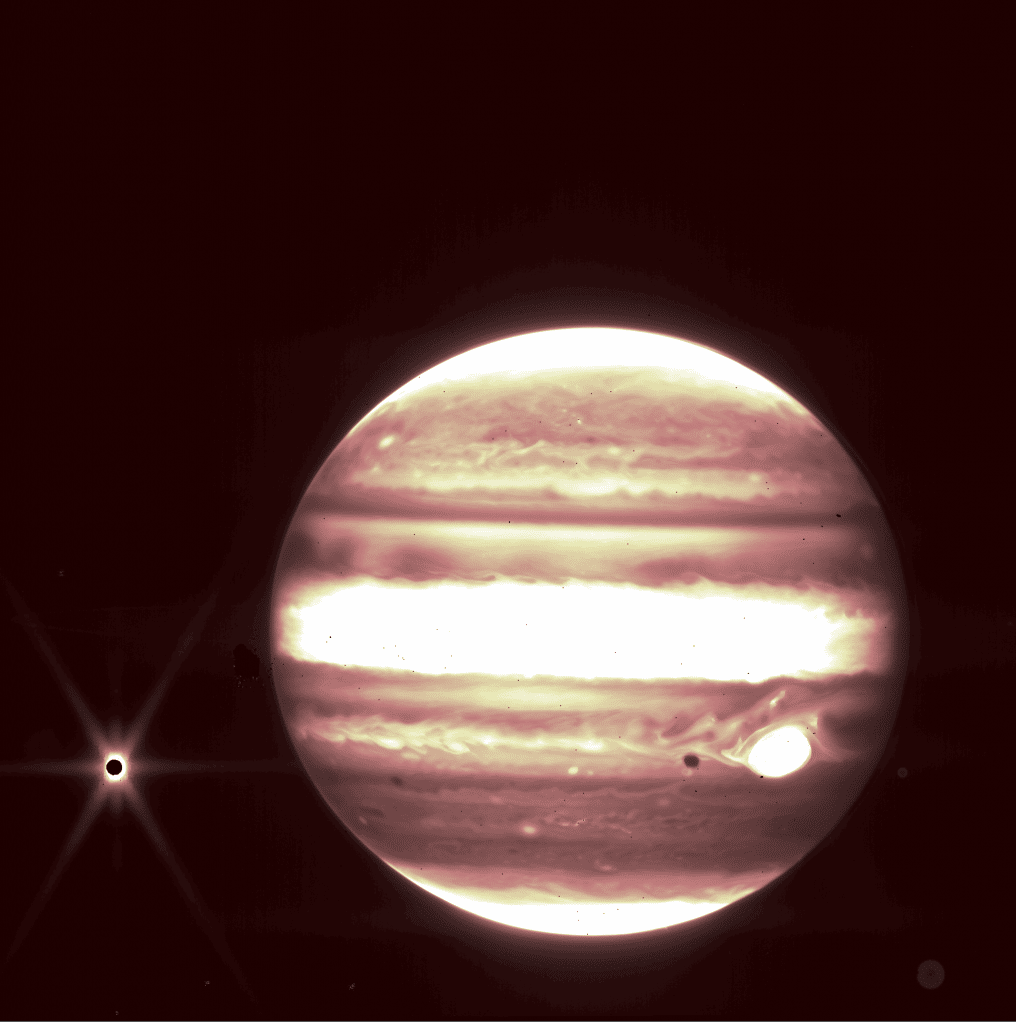
“Combined with the deep field images released the other day, these images of Jupiter demonstrate the full grasp of what Webb can observe, from the faintest, most distant observable galaxies to planets in our own cosmic backyard that you can see with the naked eye from your actual backyard,” says Brian Holler, a scientist at the Space Telescope Science Institute in Baltimore, in a statement.
In another image, Jupiter’s moon Europa is seen. That moon is believed to have an ocean below its thick icy crust and is the target of NASA’s upcoming Europa Clipper mission. Europa’s shadow can be seen to the left of the Great Red Spot. Other moons, including Thebe and Metis, are also visible.
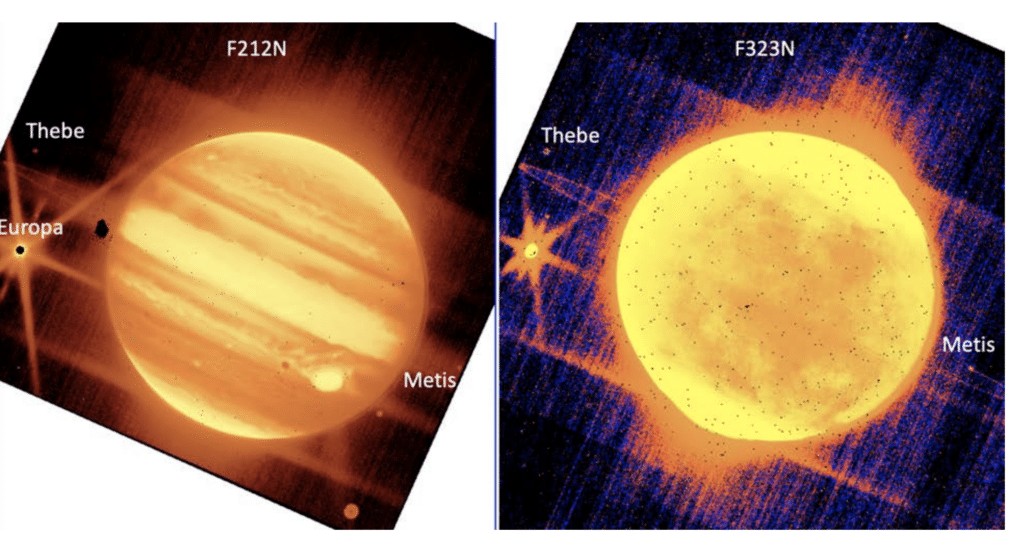
“I couldn’t believe that we saw everything so clearly, and how bright they were,” explains Stefanie Milam, Webb’s deputy project scientist for planetary science based at NASA’s Goddard Space Flight Center in Greenbelt, Maryland. “It’s really exciting to think of the capability and opportunity that we have for observing these kinds of objects in our solar system.”
Scientists are hoping the James Webb Space Telescope will be able to capture plumes of material spewing out of moons like Europa and Saturn’s moon Enceladus. Webb may also be able to spot plumes depositing material on Europa’s surface. “I think that’s just one of the coolest things that we’ll be able to do with this telescope in the solar system,” says Milam.
Webb also captured some of Jupiter’s flimsy rings. Milam called it “absolutely astonishing and amazing” that the rings showed up in one of Webb’s first solar system images.
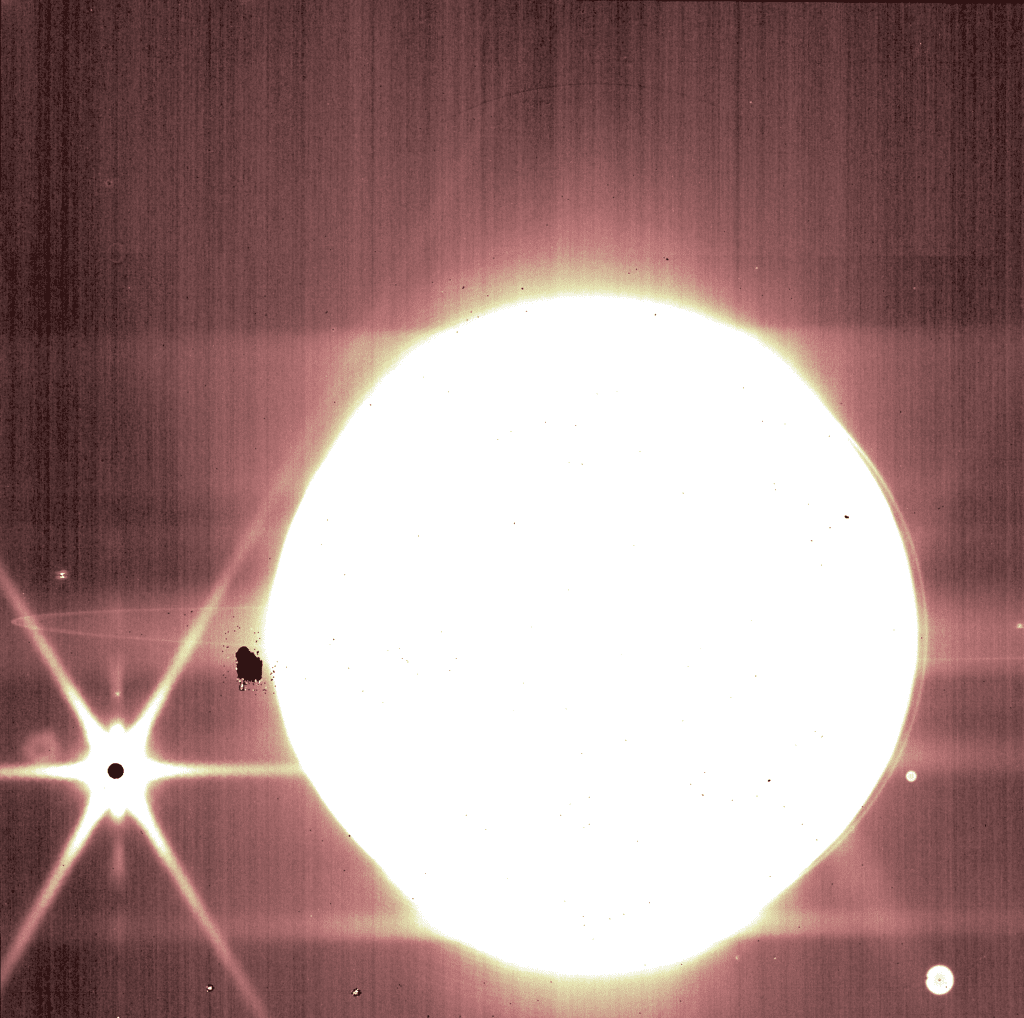
“The Jupiter images in the narrow-band filters were designed to provide nice images of the entire disk of the planet, but the wealth of additional information about very faint objects (Metis, Thebe, the main ring, hazes) in those images with approximately one-minute exposures was absolutely a very pleasant surprise,” says John Stansberry, observatory scientist and NIRCam commissioning lead at the Space Telescope Science Institute.
Webb was even able to capture images of Jupiter and Europa moving across the telescope’s field of view in three separate observations. “This test demonstrated the ability of the observatory to find and track guide stars in the vicinity of bright Jupiter,” NASA’s release reads.
Another important aspect of the Webb telescope is how it will track fast objects. During commissioning, the telescope used an asteroid called 6481 Tenzing, located in the asteroid belt between Mars and Jupiter, to star the moving-target tracking “speed limit” tests.
Webb was designed to track objects that move as fast as Mars, which has a maximum speed of 30 milliarcseconds per second. Scientists found that Webb was able to get valuable data for objects moving up to 67 milliarcseconds per second, which is more than twice the expected baseline. Scientists say it’s similar to photographing a turtle crawling when you’re standing a mile away.
“Everything worked brilliantly,” says Milam.

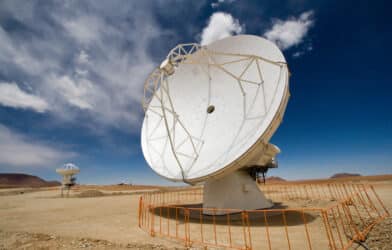
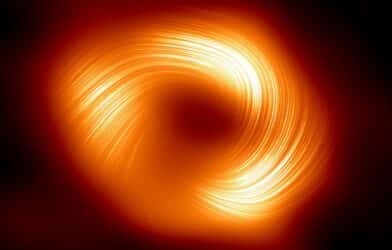


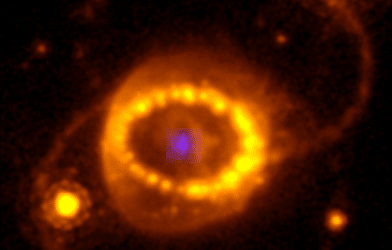




-392x250.png)
